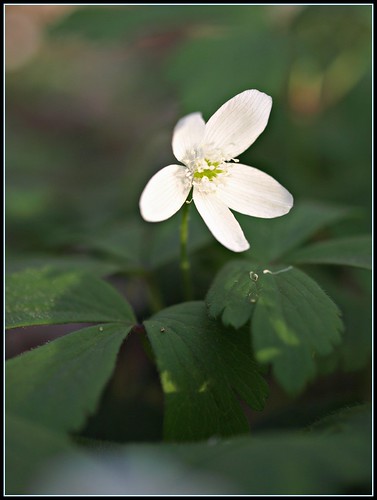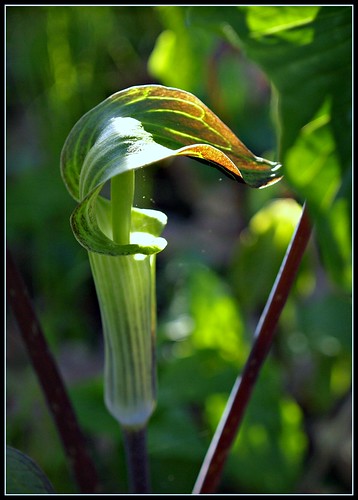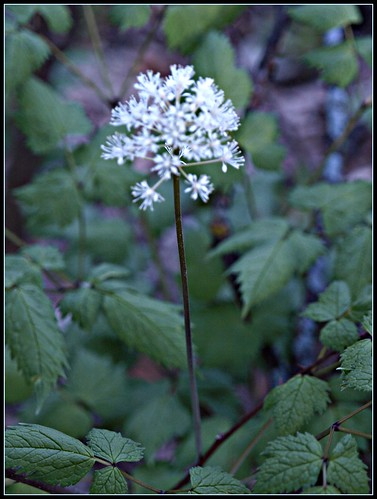Here are a few of the wildflowers growing in my neck of the woods this second week of May.
The White Campion, brought over from Europe, is now naturalized across much of the North American continent. The flowers open at dusk and close in the morning; they are pollinated by night-flying moths. This photo was taken about seven in the evening, so the petals aren’t fully open yet. They have an unexpected sweet fragrance. I used to ‘pop’ the bladders of these flowers when I was a kid, and hadn’t yet learned the rules of the forest.
This is a Wood Anemone and I think probably one of the last ones blooming this season. It needs sunlight to grow, and the plants are deep in the woods – the sunlight is now getting blocked by the opening tree canopies. This guy is somewhat poisonous, though I did read that the Ojibwe used the roots in a remedy to clear the throats of singers. I wouldn’t recommend it – maybe try a nice honey lozenge instead. 🙂 Or not sing.
Here’s another Jack; sometimes he’s called an Indian Turnip as his taproots were gathered as a vegetable by Native Americans. It is said to cause a strong burning sensation if eaten raw, but tastes peppery when well steamed. (I’ll pass on that, too.) I probably saw a thousand Jack in the Pulpits in the woods in a two hour period. I’ve never seen so many in one place – I was off path and kept nearly trampling them.
I had to search several guides to ID this rather quiet wildflower, though I’m pretty certain it is White Baneberry. The leaves are the give-away clue, because there are several plants with very similar flower clusters. I’ll come back in mid-summer and see if there are white berries growing – then I’ll know for sure. Supposedly the plant was once called Dolls’ Eyes because its berry has a black spot and looks like the eyes once set in china dolls.
I found four huge, densely-packed colonies of May-apples. Their umbrellas are fully opened now – in my photo of May-apples on May 2nd, they were still shriveled like puckered fingertips that have been in dishwater too long. No flowers as of yet. Native Americans used the roots to treat hepatitis and fevers and now a derivative of this plant is being used as a cancer treatment. It’s commonly known as poisonous though, and can kill a man in just a few hours after ingestion. BTW, its fruit isn’t poisonous and tastes like a banana-lemon mix. Odd.











